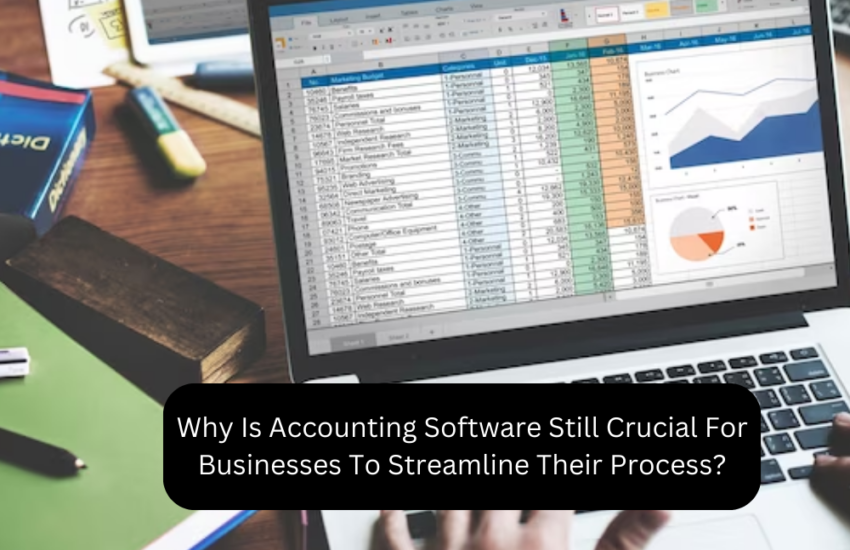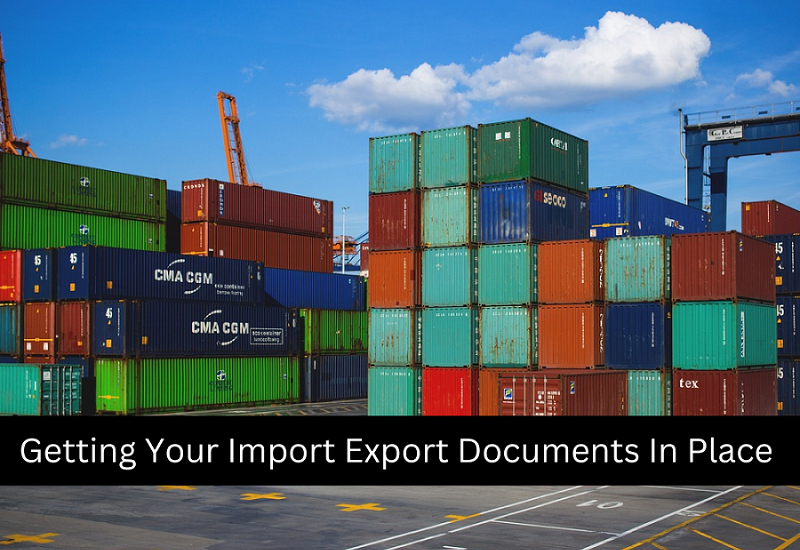All you Need to Know About the IEC Deactivation Process by DGFT
Obtaining an IEC (Importer Exporter Code) is required for any business that imports or exports goods or provides services or technology under the FTP (Foreign Trade Policy).
An IEC applicant could be a “Partnership,” “Sole Proprietorship,” “LLP,” “Limited Company,” “HUF,” “Trust,” or “Society.” Given the widespread implementation of GST, a company’s IEC number is equivalent to its PAN. The DGFT (Directorate General of Foreign Trade) would be responsible for issuing the IEC independently.
What does “IEC Code” mean?
A company’s unique IEC (Import-Export Code) is required if it engages in international trade. You can’t import or export anything unless you get an IEC code from the DGFT.
Deactivation of Import/Export Code
Following a DGFT directive, all IEC holders must annually, between April and June, update their IEC information electronically. After receiving input from IEC holders who still had not upgraded their IECs, the deadline was extended to July 31, 2021, and after that, to August 31, 2021. No IEC that has been upgraded since July 1, 2020, will function after February 1, 2022. Duty-free import authorization is often revoked during the IEC deactivation process, necessitating separate export formalities and potentially impacting import cost calculations.
Before the IECs are deactivated on 02.01.2022, the appropriate IEC bearers will have until 31.01.2022 to make any necessary updates. If an IEC has filed an electronic updating application and is waiting for approval from the DGFT RA, it will not be included in the deactivation list.
It’s also worth noting that any deactivated IEC can be reactivated mechanically without any intervention from a human or visits to the DGFT RA. If your IEC expires after 01.31.2022, you can renew it online at the DGFT website. Before deactivating your IEC, ensure all pending import-export documents are cleared and relevant authorities informed, to avoid complications and potential penalties. Once the upgrade process is complete, the provided IEC will be active again, and a notification will be sent to Customs.
There Are Updates to the Import-Export Code (IEC)
- To export or import from India, you’ll need an Importer Exporter Code (IEC), as the Policy requires.
- DGFT is responsible for issuing Importer Codes, and e-IEC (Electronic Import-Export Code) applications can be submitted quickly through the DGFT’s official Notification.
- The applicant can create their own IEC by following the requirements for upgrading IEC using the E-IEC site, and the entire process can be completed online.
DGFT has revised IEC
- All current IEC holders must meet the following obligatory compliances to prevent the deactivation of their credentials.
- The data needed to obtain an IEC Code is updated annually during April and June via electronic means.
- The holder of an IEC must validate their status annually during April and June via electronic means, even if their contact information has not changed.
- To prevent an IEC from deactivating, its holders must respond to any risks identified on the DGFT site within a specific time range.
- An inactive IEC can be reactivated whenever information is updated or a query is answered via the DGFT Portal.
Things to keep in mind while making changes to your IEC on the DGFT Portal
- When accessing the DGFT portal, a verified user ID credential must be entered.
- You must have a current and valid IEC in your account settings.
- A current and functioning business bank account must be used to pay for the Modification of IEC.
- Firm Members and Proprietors with a valid Aadhar or DSC are required.
Documentation Needed for IEC Updates and Changes
- Provide a scanned copy of the company’s PAN card.
- A scanned copy of a canceled check.
- The Register address verification must be scanned and submitted. – Documentation of the registrant’s current residence (Form GST REG – 06, a copy of the corresponding Agreement, an electric bill, or Form GST REG 18).
- Photocopies of all directors’ and partners’ PAN cards, Aadhar cards, and mobile phone numbers.
- Access code/Aadhar card Any Director’s OTP Mobile Number on File.
- Verification of GST registration.
- Distribution of Products for Export and Import.
- Specifics of any Proposed Changes
How to Make Changes to the IEC?
- Visit the DGFT website and select “update IEC.”
- Use your DGFT credentials to access the Import-Export Code interface.
- Connect your IEC to the DGFT portal via Aadhar authentication or digital signature to access the latest version of your IEC.
- Choose the IEC option to update/modify.
- After the preceding procedure is finished, a form asking for the above details will be displayed.
- Please provide the necessary details and submit your application.
- The IEC will be activated, and the updated status will be sent to Customs after a successful update.
Conclusion
No citizen or resident of the country can engage in import-export activity without first obtaining an Import-Export Code (IEC) number, which is a 10-digit company identifying number [PAN Number] required for such action. The deactivation process of an IEC may impact your ability to import raw materials for crafting/handmade goods, so consult with customs officials beforehand. The Indian Ministry of Commerce and Industry issues it under the DGFT.
Failure to update an IEC within the allotted period will result in its deactivation. After a successful upgrade, a dormant IEC can be activated again. It would be on top of other penalties for breaking FTP (Foreign Trade Policies) rules.
Authors Bio:
Mr. Mehul Goyal is a professional DGFT Consultant – Advance License Scheme with experience of more than 30 years and specialized in the field and is offering DGFT Consulting Services all over India. He is working with many importers and exporters even before DGFT was instigated in the markets.




